| Author |
Message |
    
klanger
Senior Member
Username: klanger
Post Number: 72
Registered: 03-2012

| | Posted on Sunday, June 07, 2015 - 09:36 am: | 




|
I have 2 locally Australian made single cylinder engines that I am restoring for display only. The engines, as made did not have a water pump coupling from the pump shaft to flywheel eccentric, just the shaft rubbing directly on the flywheel eccentric.
One engine at some stage had a coupling made for it from brass pipe. My question is, should I leave the second engine with just the shaft rubbing against the eccentric, or modify with a coupling? This would make the engine different from how it was manufactured?
Secondly, what gasket material should I use between the pump and cylinder block?
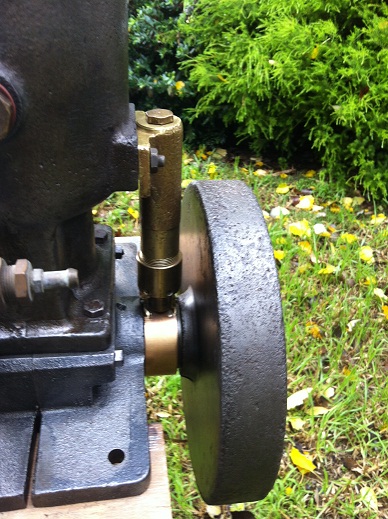
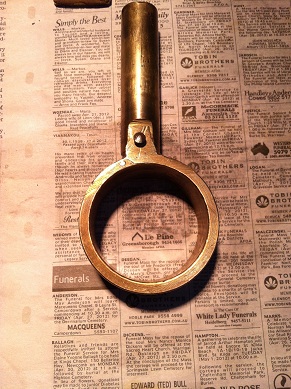
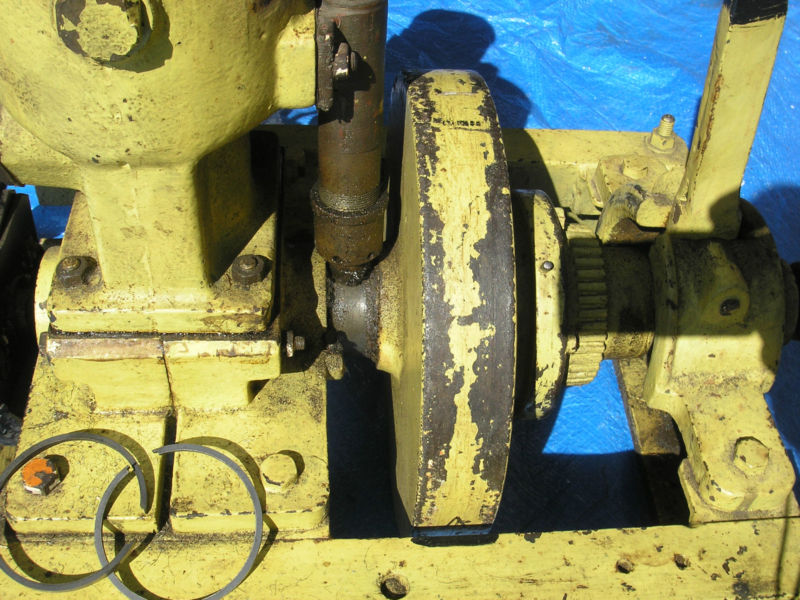 |
    
ernie
Senior Member
Username: ernie
Post Number: 2089
Registered: 01-2002

| | Posted on Monday, June 08, 2015 - 08:12 am: | 




|
I would leave each as they are now.
1 original and 1 in modified form from somewhere in the past.
The gasket can be almost anything since there is very little pressure.
Auto parts stores have gasket material in various thickness.
I took a Maytag washing machine engine apart years ago and all the gaskets were made from a Tide laundry detergent box.
I would use what ever I had on hand.
Breakfast Cereal box comes tom mind for one. |
    
klanger
Senior Member
Username: klanger
Post Number: 78
Registered: 03-2012

| | Posted on Tuesday, June 09, 2015 - 08:03 am: | 




|
Thanks Ernie,
I have been making most of my gaskets from an oil grade gasket paper from an auto store. But have made them from cereal boxes before, also the coloured file folders as well.
Kev |
    
ernie
Senior Member
Username: ernie
Post Number: 2090
Registered: 01-2002

| | Posted on Tuesday, June 09, 2015 - 08:06 am: | 




|
Kevin,
Can you post pics of the complete engines?
From what we can see they look interesting
Thanks
Ernie |
    
klanger
Senior Member
Username: klanger
Post Number: 81
Registered: 03-2012

| | Posted on Sunday, June 14, 2015 - 04:47 am: | 




|
Pictures of the yellow engine nearly finished.
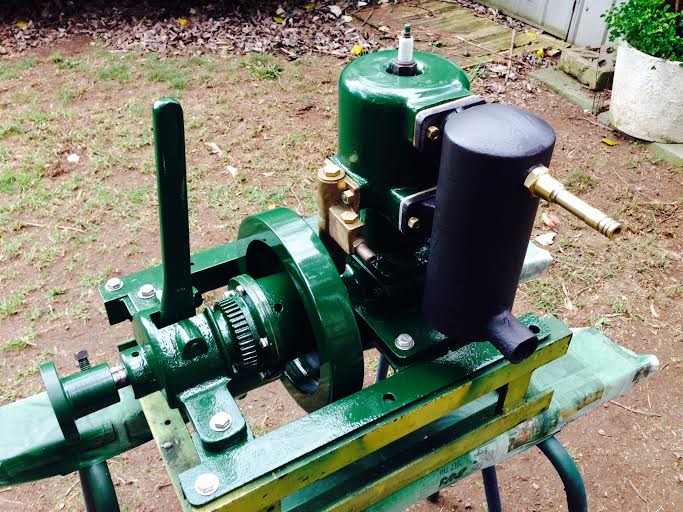
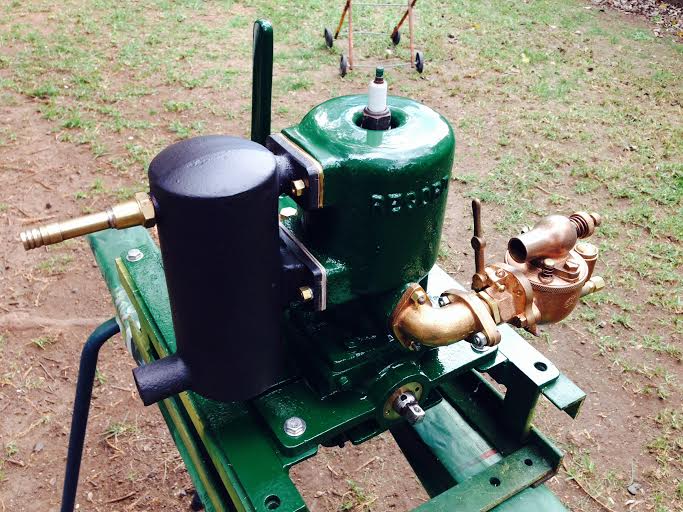
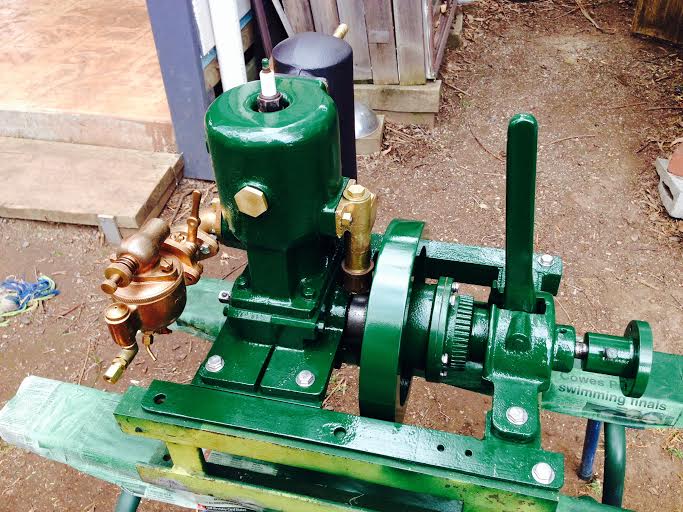
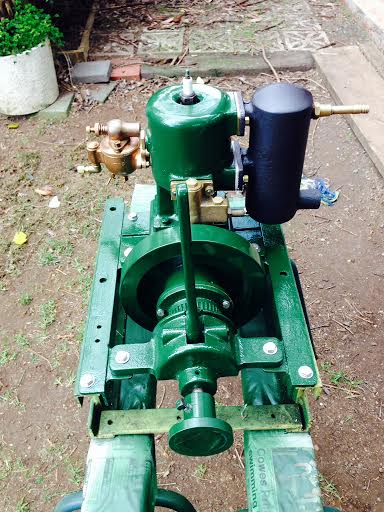
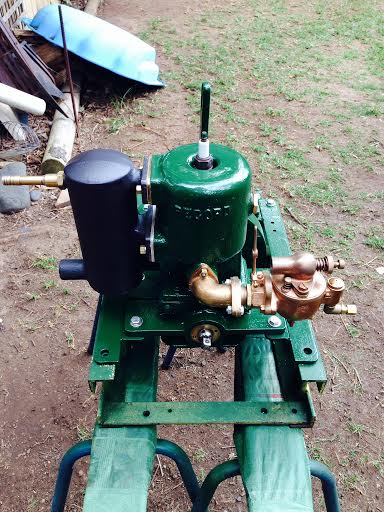 |
    
ernie
Senior Member
Username: ernie
Post Number: 2094
Registered: 01-2002

| | Posted on Sunday, June 14, 2015 - 06:33 am: | 




|
Kevin,
Neat engine
Thanks for the pics
Ernie |
    
johnoxley
Senior Member
Username: johnoxley
Post Number: 134
Registered: 04-2010
| | Posted on Sunday, June 14, 2015 - 05:33 pm: | 




|
Nice looking work. You technically should use authentic materials for a museum engine so that future researchers past your lifetime see original where possible. This means conventional oil jointing for oil and intake, rubber for water but not compressed asbestos for exhaust - I use exhaust jointing here - all easy to find at auto stores.
For brass, copper, bronze and aluminium if polished use spray can Incralac - this is best and is used by mainstream museums.
My biggest worry; however, is not the outside, but the insides. You MUST use a quality oil inside when assembling to preserve shafts, pistons, rings, etc. You MUST use a preservant such as glycol coolant or similar in the water jackets or you will see them 'rust-wedge' apart over a few years. The last point is vital. |
    
robert
Senior Member
Username: robert
Post Number: 674
Registered: 07-2003
| | Posted on Tuesday, June 16, 2015 - 11:42 am: | 




|
Interesting little engine obviously built to a budget. There is some kind of ratchet starter that attaches to the end of the crankshaft? Is that stub shaft with the detent ball original or has someone grafted on the end of a 1/2" socket drive?
No restoration can be entirely "authentic", but the rule for engines should surely be closer to that for antique and vintage cars than that for say pieces of furniture. Keep full notes and photos in the inventory list explaining what was done and why.
Authenticity is important, but is it to be the authenticity "as found" or the authenticity as originally produced? A balance has to be struck with preservation and the public's interest level. An engine that looks like a piece of old junk to the average person is not only not engaging, but its condition may well interfere with understanding and recognition, and those are important aspects of conservation and museology after all, IMHO. ;-) |
    
klanger
Senior Member
Username: klanger
Post Number: 83
Registered: 03-2012

| | Posted on Wednesday, June 17, 2015 - 07:05 am: | 




|
Thanks all for your advise,
The engine is for my own enjoyment, not a museum piece.
Andrew, where would one get the Incralac paint?
Robert, no ratchet, the gear between the flywheel and clutch is for a kick starter. And yes some one grafted in 1/2" socket drive, the welded a socket to the end of the magneto shaft!
Makes for timing fun.
Previous owner has made an adjustable bracket to enable timing adjustment.
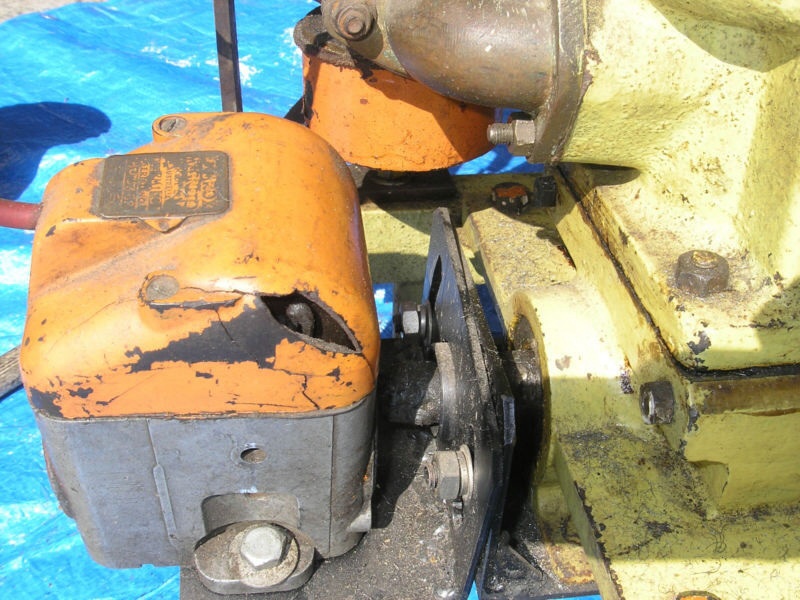
Plan is to make a better bracket.
And I have repaired the magneto cap
Kev |
    
johnoxley
Senior Member
Username: johnoxley
Post Number: 136
Registered: 04-2010
| | Posted on Wednesday, June 17, 2015 - 05:32 pm: | 




|
Hi - See
http://www.wattyl.net.au/nztechnical/document-library/tds/metal/WM326.pdf
Source via Wattyl outlets local to you. Search Bunnings no result found. |


